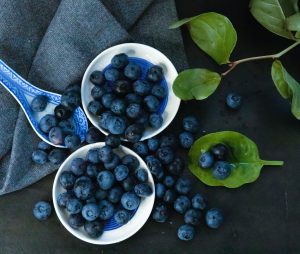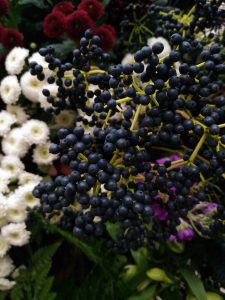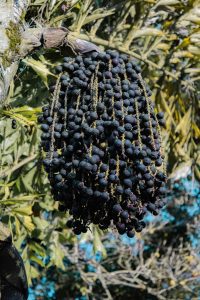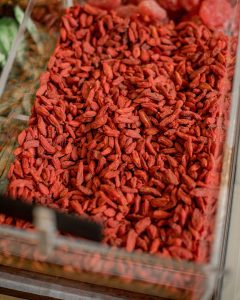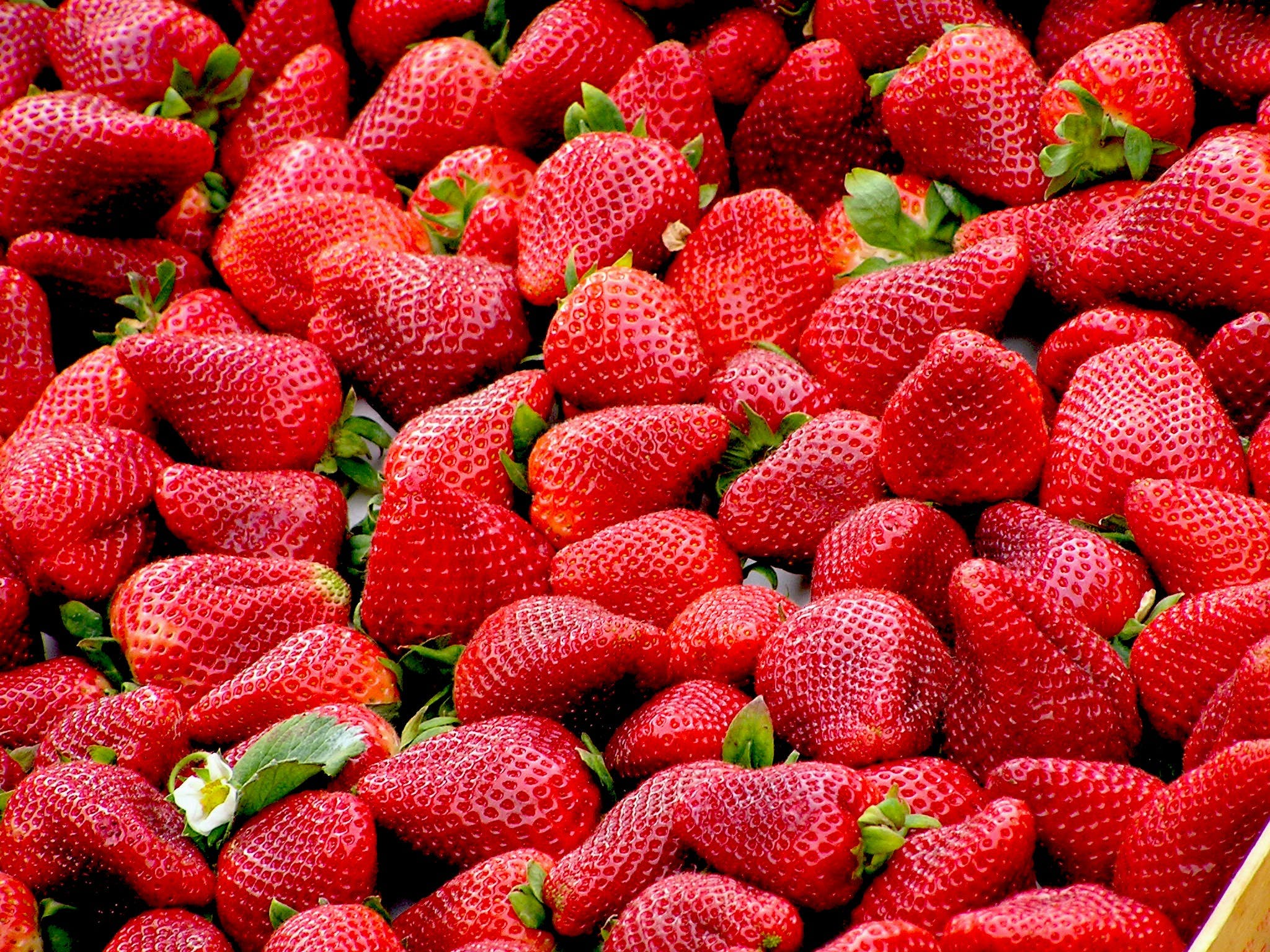
What are Strawberries?
Strawberries are luscious, red berries cultivated from the Fragaria × ananassa plant, belonging to the rose family (Rosaceae). Renowned for their vibrant color, sweetness, and aromatic fragrance, strawberries are enjoyed globally in various culinary applications. Each strawberry is comprised of multiple tiny seeds on its outer surface, embedded in a succulent, fleshy texture. The fruit is rich in essential nutrients such as vitamin C, manganese, folate, and antioxidants, contributing to its reputation as a healthful food.
Strawberries are versatile, finding their way into an array of dishes, including salads, desserts, jams, and beverages. They are commonly consumed fresh but can also be dried, frozen, or processed into jams and sauces. Cultivated in diverse climates, strawberries thrive in well-drained soil and temperate conditions. Beyond their culinary appeal, strawberries hold cultural significance and are often associated with events like Wimbledon in the UK and Valentine’s Day. With a delightful combination of taste, nutritional benefits, and cultural resonance, strawberries remain a beloved and iconic fruit around the world.
Why Do We Eat Strawberries?
People consume strawberries for various reasons, ranging from their delicious taste to their nutritional benefits. Here are some key reasons why strawberries are a popular and enjoyed fruit:
- Sweet Flavor:
- Strawberries are naturally sweet, making them a delightful and tasty treat. Their unique combination of sweetness and tartness appeals to many palates, making them a favorite ingredient in desserts, snacks, and beverages.
- Nutrient-Rich:
- Strawberries are packed with essential nutrients, including vitamin C, manganese, folate, potassium, and antioxidants. These nutrients contribute to overall health, supporting the immune system, promoting skin health, and providing other vital benefits.
- Versatility in Culinary Use:
- Strawberries are incredibly versatile in the kitchen. They can be enjoyed fresh on their own, added to salads, incorporated into desserts like cakes, pies, and ice cream, or used to make jams, sauces, and beverages. This versatility makes strawberries a popular choice in a wide range of culinary creations.
- Seasonal Enjoyment:
- Strawberries are often associated with the arrival of spring and summer, as they are typically in season during these warmer months. Their availability and freshness during this time contribute to their popularity as a seasonal delicacy.
- Cultural and Symbolic Significance:
- Strawberries hold cultural significance in various societies. They are associated with events such as Wimbledon in the UK, where strawberries and cream are a traditional snack. Additionally, strawberries are often linked to romantic occasions and are a popular choice for Valentine’s Day.
- Health Benefits:
- Beyond their delicious taste, strawberries offer health benefits. They are low in calories, high in fiber, and contain compounds with anti-inflammatory and antioxidant properties, contributing to a well-rounded and nutritious diet.
In summary, the enjoyment of strawberries is rooted in their delightful taste, nutritional value, culinary versatility, and cultural significance, making them a beloved and widely consumed fruit worldwide.
When Do We Eat Strawberries?
Strawberries are enjoyed throughout the year, but their peak season varies depending on the region and climate. Here are some general guidelines regarding when strawberries are typically in season and commonly consumed:
- Spring and Summer:
- In many temperate regions, such as North America and Europe, strawberries are in peak season during late spring and early summer. This is when local strawberries are abundant, fresh, and at their tastiest. Many people look forward to enjoying freshly picked strawberries during this time.
- Winter:
- In warmer climates or regions with access to greenhouse cultivation, strawberries may be available during the winter months. These varieties are often cultivated to extend the growing season, allowing consumers to enjoy strawberries even when they are not in their natural peak season.
- Year-Round Availability:
- Due to advancements in agricultural practices and global trade, strawberries are available year-round in many supermarkets. They might be imported from regions where the fruit is in season or grown in greenhouses to ensure a continuous supply.
- Special Occasions:
- Strawberries are often associated with specific events and holidays. For example, they are a popular choice for Valentine’s Day desserts and snacks. Additionally, at events like Wimbledon in the UK, strawberries and cream are a traditional and iconic treat.
Ultimately, the timing of when people eat strawberries can be influenced by local growing seasons, global trade, and personal preferences. While they are commonly associated with spring and early summer, the availability of strawberries has become more diverse, allowing individuals to enjoy this delicious fruit throughout the year.
Ingredients of Strawberries
The primary components of strawberries include:
- Water:
- Strawberries have a high water content, contributing to their juiciness.
- Carbohydrates:
- The majority of the calories in strawberries come from carbohydrates, mainly in the form of natural sugars, such as fructose and glucose.
- Dietary Fiber:
- Strawberries are a good source of dietary fiber, which aids in digestion and helps maintain a healthy digestive system.
- Vitamins:
- Strawberries are rich in essential vitamins, particularly vitamin C. They also contain smaller amounts of vitamins like vitamin A, B-complex vitamins (such as B6, niacin, riboflavin, and folic acid), and vitamin K.
- Minerals:
- Strawberries provide minerals such as potassium, manganese, magnesium, phosphorus, and calcium in varying amounts.
- Antioxidants:
- Strawberries are known for their high antioxidant content, including anthocyanins, quercetin, and ellagic acid. These compounds contribute to the fruit’s vibrant color and are believed to have various health benefits.
- Phytonutrients:
- Strawberries contain phytonutrients, which are plant compounds that may have antioxidant and anti-inflammatory properties. These compounds contribute to the overall health-promoting qualities of strawberries.
- Natural Sugars:
- While strawberries contain natural sugars, they have a relatively low glycemic index, making them a suitable fruit for those mindful of their sugar intake.
It’s important to note that the nutritional composition of strawberries may vary slightly based on factors such as ripeness, cultivation methods, and specific strawberry varieties. Overall, strawberries are a nutritious and delicious fruit that can be enjoyed fresh, added to a variety of dishes, or processed into jams, sauces, and desserts.
Types of Strawberries
There are numerous varieties of strawberries cultivated globally, each with its unique characteristics in terms of flavor, size, and color. Some popular types of strawberries include:
- Albion:
- Known for their large size, sweetness, and firm texture, Albion strawberries are commonly grown in California. They are often favored for fresh consumption and are used in various culinary applications.
- Hood:
- Hood strawberries are small, sweet, and highly aromatic. They are typically grown in the Pacific Northwest of the United States and are prized for their intense flavor.
- Chandler:
- Chandler strawberries are large, sweet, and juicy. They are popular for fresh eating, as well as for use in jams and desserts. This variety is often grown in California.
- Seascape:
- Seascape strawberries are known for their sweet taste and high productivity. They are suitable for both commercial cultivation and home gardens, offering a steady harvest throughout the growing season.
- Elsanta:
- Commonly grown in Europe, particularly in the Netherlands, Elsanta strawberries are known for their firm texture and slightly tart flavor. They are often used in processing for products like jams.
- Quinault:
- Quinault strawberries are appreciated for their sweet taste and are often grown in home gardens. They are also known for their ability to produce fruit continuously throughout the growing season.
- Ozark Beauty:
- This variety is known for its excellent flavor and adaptability to various climates. Ozark Beauty strawberries are often grown by home gardeners and are prized for their sweet taste.
- Everbearing Varieties:
- These strawberries, such as ‘Fort Laramie’ and ‘TriStar,’ produce fruit multiple times throughout the growing season, providing a more extended harvest period compared to traditional June-bearing varieties.
- Day-Neutral Varieties:
- Examples include ‘Tristar’ and ‘Albion.’ These varieties are not strongly influenced by day length, allowing them to produce fruit consistently throughout the growing season, regardless of day length.
It’s important to note that the availability of specific varieties may vary by region and local growing conditions. Additionally, ongoing breeding efforts continually introduce new strawberry varieties with improved characteristics.
Signs of Ripe, Signs of Raw and Signs of Rotten Strawberries
Identifying the ripeness of strawberries is crucial for enjoying their optimal flavor and texture. Here are signs to help you distinguish between ripe, unripe, and rotten strawberries:
Signs of Ripe Strawberries:
- Color:
- Ripe strawberries generally have a vibrant red color. However, this can vary depending on the strawberry variety; some may have a deeper red hue, while others might be more pinkish.
- Fragrance:
- Ripe strawberries emit a sweet and fruity fragrance. If the strawberries have a noticeable aroma, it’s a good indication that they are ripe.
- Texture:
- Ripe strawberries should be firm but yield slightly to gentle pressure. They should not be overly soft or mushy.
- Shine:
- Ripe strawberries often have a natural sheen or gloss on their surface, indicating freshness and juiciness.
- Green Caps:
- The green calyx (the leafy top) should be fresh and green. It’s a sign that the strawberry was harvested at the right time.
Signs of Unripe Strawberries:
- Color:
- Unripe strawberries are typically pale or greenish. They haven’t fully developed their characteristic red color.
- Fragrance:
- Unripe strawberries may lack the sweet, fruity aroma associated with ripeness.
- Texture:
- Unripe strawberries are hard and lack the slight give that ripe strawberries have.
- Underdeveloped Seeds:
- If you cut a strawberry in half and notice underdeveloped seeds, it’s a sign that the strawberry is not fully mature.
Signs of Rotten Strawberries:
- Mold:
- Rotten strawberries often develop mold, which appears as fuzzy white or gray patches. Discard strawberries with visible mold.
- Soft or Mushy Texture:
- Rotten strawberries become soft, mushy, or slimy. If the texture feels off and the berry is no longer firm, it may be spoiled.
- Offensive Odor:
- Rotten strawberries emit a strong, unpleasant odor. If the strawberries smell bad, they are likely spoiled.
- Dark or Bruised Areas:
- Dark spots, bruising, or discoloration are signs of deterioration. Check for these on the surface of the strawberries.
- Leaking Juice:
- Excessive juice or a wet, sticky feel can be a sign of overripeness or spoilage.
When selecting strawberries, aim for those with a vibrant color, a sweet fragrance, and a firm but slightly yielding texture. Store them in the refrigerator and consume them within a few days for optimal freshness.
Summary
Strawberries, harvested from the Fragaria × ananassa plant, are vibrant red berries renowned for their sweet taste, aromatic fragrance, and versatility. Rich in vitamin C, manganese, and antioxidants, strawberries offer various health benefits. They are enjoyed fresh, added to salads, desserts, or processed into jams. The fruit peaks in spring and summer, though advances in cultivation enable year-round availability. Diverse varieties, including Albion, Chandler, and Seascape, cater to different preferences. Ripe strawberries boast a vibrant color, sweet aroma, and firm texture, while unripe ones are paler and harder. Rotten strawberries exhibit mold, softness, and a foul odor. Overall, strawberries are a beloved and nutritious fruit, celebrated for their taste, nutritional value, and culinary flexibility.


